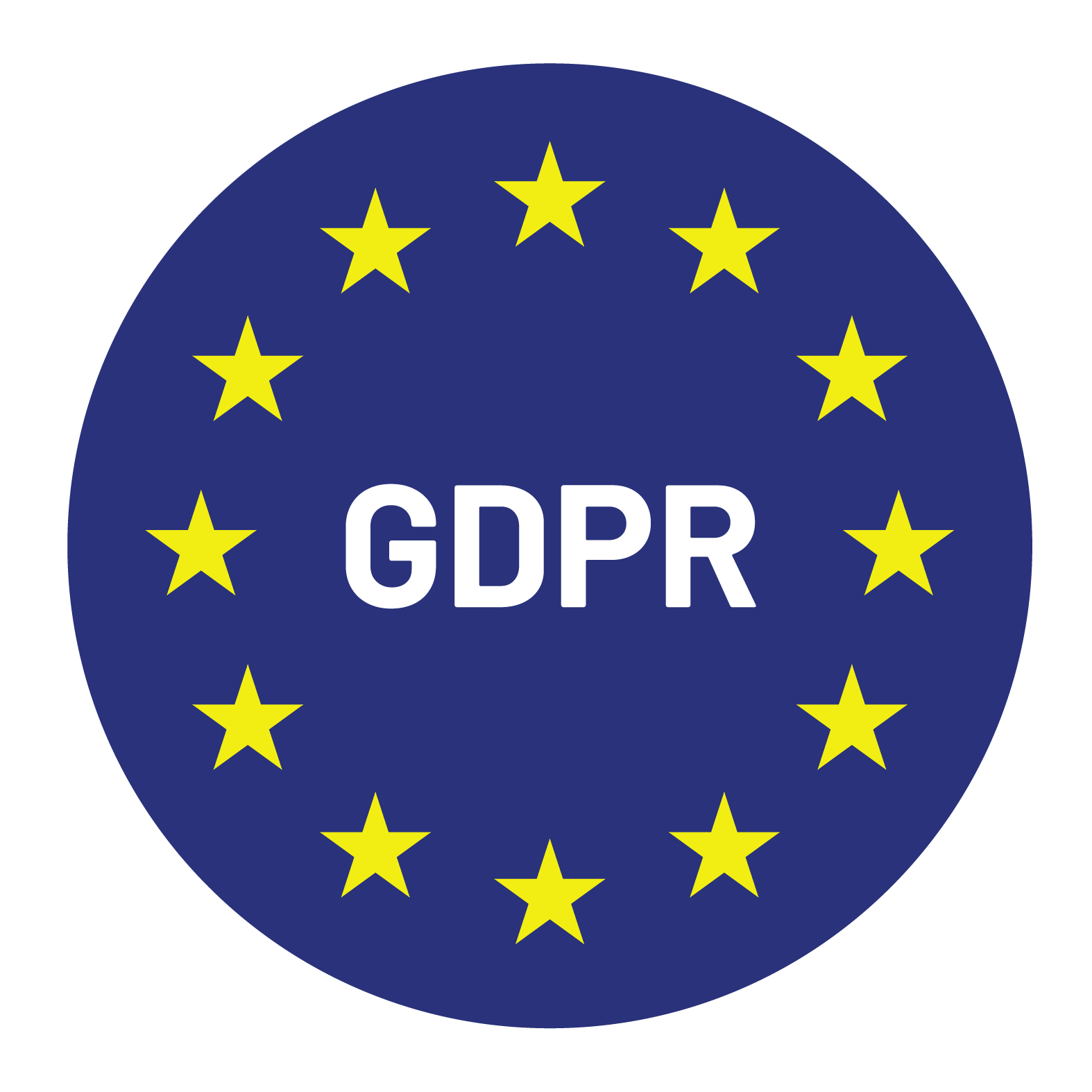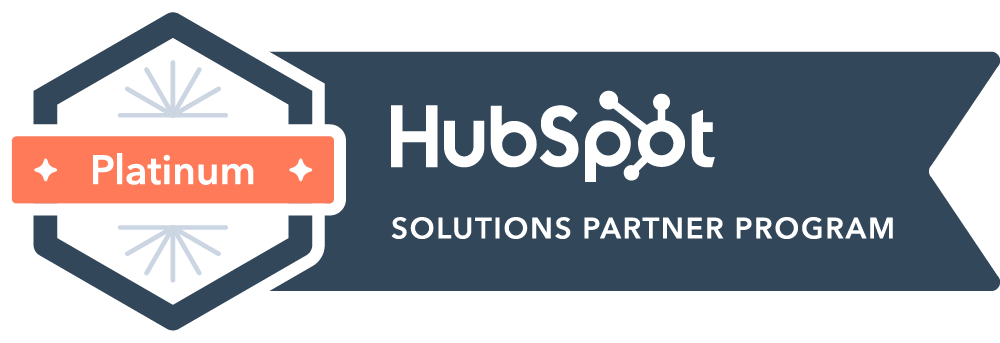

Content Writer for Whistle with multidisciplinary experience spanning over a decade.
Adding more pipeline is easy to talk about. Doing it well is something else entirely. At some point, every founder or revenue leader runs into the same problem: too many opportunities for AEs to chase, and too few qualified ones to make it worth their time. That’s when Sales Development becomes a bottleneck, and a lever.
A strong SDR function doesn’t just move meetings into calendars. It enhances the quality of those meetings, shortens the sales cycle, and provides account executives with the flexibility to focus on what they do best: closing. But to get there, you need the right people, with the right focus, and a hiring process that doesn’t waste time.
Most hiring guides focus on templates and tactics. This one focuses on what works: how to spot the right moment to hire SDRs, what to look for in candidates, and how to set them up for long-term success. From the first hire to the full team, the approach remains the same: be clear about what you need, hire deliberately, and back it up with structure.
If your AEs are sourcing and qualifying their leads, deals will stall. That’s not a question of effort or intent; it’s a trade-off in time. When revenue plateaus or conversion rates dip, the issue often lies upstream.
You likely need to hire SDRs if:
These are early signs that your sales process lacks the focus needed at the top of the funnel.
Hiring SDRs should not be reactive. It should match your revenue plan. If your goal is to increase ACV or expand into new segments, a skilled SDR can build the right pipeline faster than marketing or product alone. Teams focused on expansion, product-led growth, or entering new regions often benefit from a targeted SDR motion long before they add more closers.
The key is matching headcount to sales motion. If you’re aiming for higher-volume sales, your SDR team needs to be structured differently than if you’re pursuing enterprise accounts. The right hires can bridge that gap, but only if their role is aligned to your sales strategy.
Not every team needs a full-time hire. If you’re validating new markets, launching a campaign in a new region, or need short-term coverage during a ramp, a freelance or fractional SDR can add value without long-term overhead.
The choice comes down to consistency versus flexibility. A full-time hire brings predictability. A fractional or outsourced SDR can give you speed and focus, especially when you work with a partner who understands your industry and your buyer.
You’re not just hiring for activity. You’re hiring for outcomes. The best SDRs combine resourcefulness with focus. They’re quick learners who take rejection well and stay curious about the buyer.
Look for candidates who show:
Tenacity is important, but it’s not enough. You want someone who can think critically about how they’re prospecting, not just how often.
Essential skills include things that can’t be taught quickly, communication, professionalism, and coachability. Desirable skills, like prior SaaS experience or familiarity with your tech stack, can be trained. Don’t over-index on past SDR titles. Some of the best candidates come from customer-facing roles in support, recruitment, or operations.
Prioritize adaptability over a perfect resume. Many SDRs with long-term success come in without traditional sales backgrounds; what they share is clarity of intent and a willingness to learn.
A good SDR knows their role is a stepping stone, but they still show up with focus. Ask candidates what they want long-term and how this role fits in. Listen for answers that reflect self-awareness and a growth mindset. Candidates who are clear on their own goals tend to commit more fully to the role in front of them.
Cultural fit isn’t about personality. It’s about values, working style, and how they respond to pressure. Probe for real examples of collaboration, initiative, and conflict resolution, the things that shape performance when outreach numbers aren’t enough.
Before writing a job post, clarify what success looks like in the role. Are you focused on outbound? Inbound qualification? Partner support? Knowing what your SDR will own determines the experience and mindset you should hire for.
Be specific about what the role includes and what it doesn’t. Too many job descriptions list everything an SDR might touch. That’s a quick way to attract the wrong candidates or confuse the right ones.
Good candidates read between the lines. A vague or templated job ad won’t attract people who take their career seriously. Use clear language. Outline what the role entails, what success looks like in 3, 6, and 12 months, and what kind of support they’ll get.
Avoid inflated requirements. Entry-level roles shouldn’t ask for three years of SaaS experience. If you need someone ready to go on Day One, say that. But if you’re willing to train, make that part of the appeal.
Relying on one channel, whether LinkedIn, job boards, or referrals, limits your options. Mix inbound and outbound hiring just like you would for sales. Tap into communities, ask for referrals from high-performing reps, and consider working with specialists who can introduce you to vetted SDRs already trained and tested.
Whistle works with many companies in this way, offering access to proven SDR talent without the delays and uncertainty of starting from scratch.
Unstructured interviews are a poor predictor of sales success. Use a consistent set of questions focused on skills, behavior, and motivation. Look for specific examples of how candidates have responded to rejection, worked through a stalled deal, or adapted their approach over time.
Use scorecards. Bring in multiple interviewers. And remember: enthusiasm isn’t the same as competence.
Don’t wait until the first week on the job to hear how someone sounds on a call. Run a mock call or a short pitch test during the hiring process. Provide a basic brief and ask them to prospect into your ideal customer profile.
This isn’t about perfection. It’s about preparation, clarity, and tone. Can they think on their feet? Can they hold attention without being robotic? You’ll learn more in five minutes of live role play than you will in 30 minutes of questions.
Ask about failure. Ask what feedback they’ve received and how they applied it. You’re looking for signs of resilience and growth, not just polish.
Strong SDRs bounce back. They adapt. They want feedback, and they act on it. These traits matter more than experience, especially if you plan to promote from within.
Hiring based on gut feel. Overvaluing industry experience. Rushing to fill the seat. These are the most common and costly mistakes.
Take the time to align everyone internally on what a good hire looks like. Don’t compromise on your top two or three must-haves. And if you’re using external partners, make sure they understand your standard, not just your spec.
Too many SDRs leave because they’re set up to fail. A strong onboarding plan builds skills in stages, offers clear targets, and introduces reps gradually to your tools, messaging, and ICPs.
Start with basics: product understanding, CRM, and process. Then layer in outreach, objection handling, and live prospecting. Don’t throw new hires into the deep end and hope they swim.
Track both input and output. Calls and emails matter, but so do conversions and learning curves. Use weekly one-on-ones to offer actionable feedback, and ask for it in return.
The best SDRs care about results. Show them how their work connects to the pipeline, and they’ll stay engaged.
Ongoing coaching improves retention and performance. Pair new SDRs with top reps or AEs. Run call reviews. Offer practical, real-time input on messaging, tone, and qualification.
Most importantly, make it safe to ask for help. A strong coaching culture builds better habits and reduces churn.
Your best SDRs won’t stay SDRs forever. Create clear pathways into AE, AM, or other roles. Offer visibility into what it takes to move up and support them with training that matches their goals.
Retention doesn’t happen by accident. The right people will stay longer if they see a future and feel like they’re building toward it.
Hiring SDRs isn’t about filling seats. It’s about building momentum in your sales process before it stalls. Teams that wait too long often find themselves chasing growth instead of driving it.
Most sales teams wait too long to fix top-of-funnel problems. By the time pipeline slows or conversion rates slip, the damage is already done. Hiring SDRs isn’t about scale for scale’s sake. It’s about protecting the quality of your sales process and giving your AEs the focus they need to close.
Proven SDRs accelerate deal flow, improve lead quality, and drive the consistency every revenue team needs to grow.
Whistle helps companies hire vetted SDRs who know how to get results. If you’re building out your sales function or expanding into new markets, we’ll help you move fast without cutting corners.


© Copyright – Whistle 2023